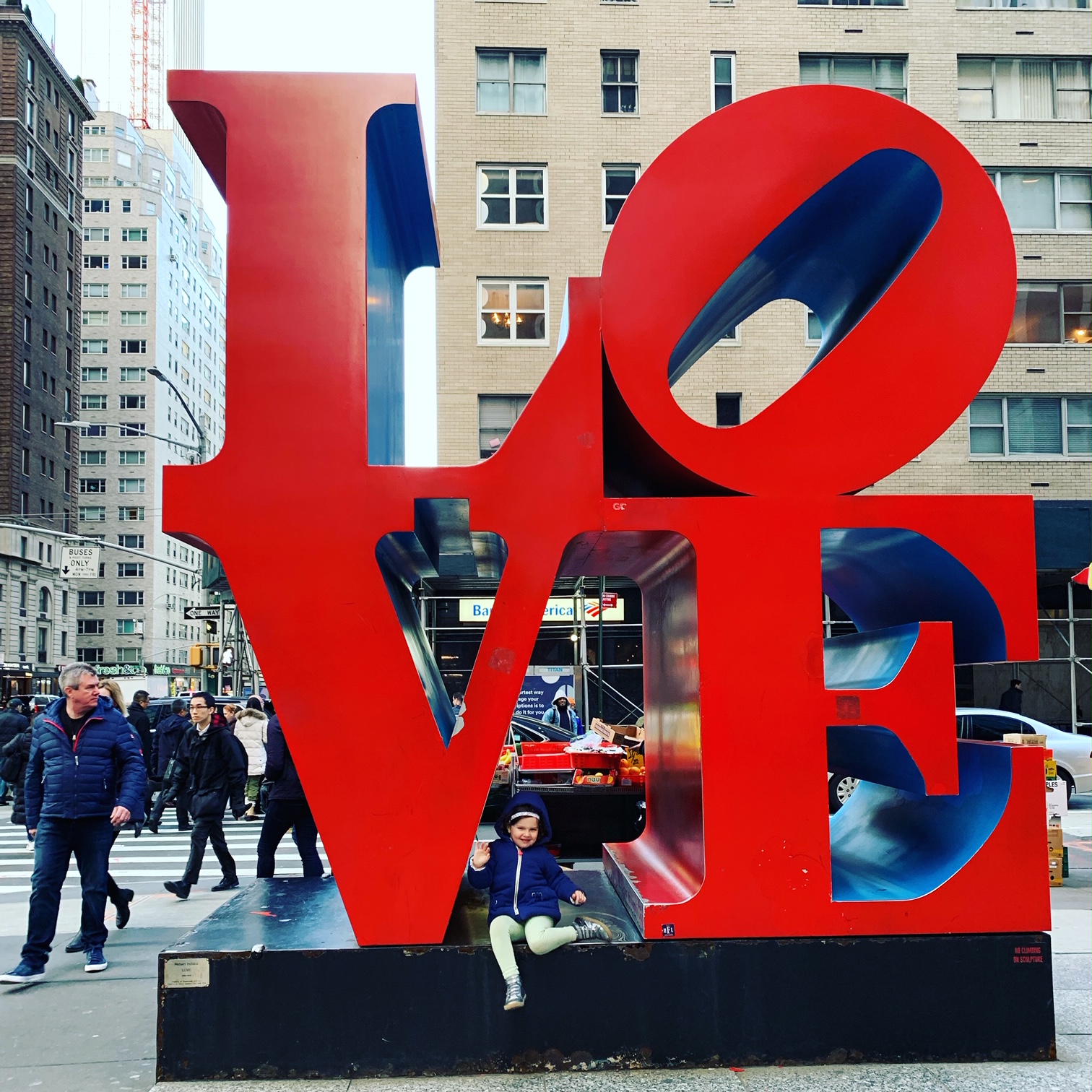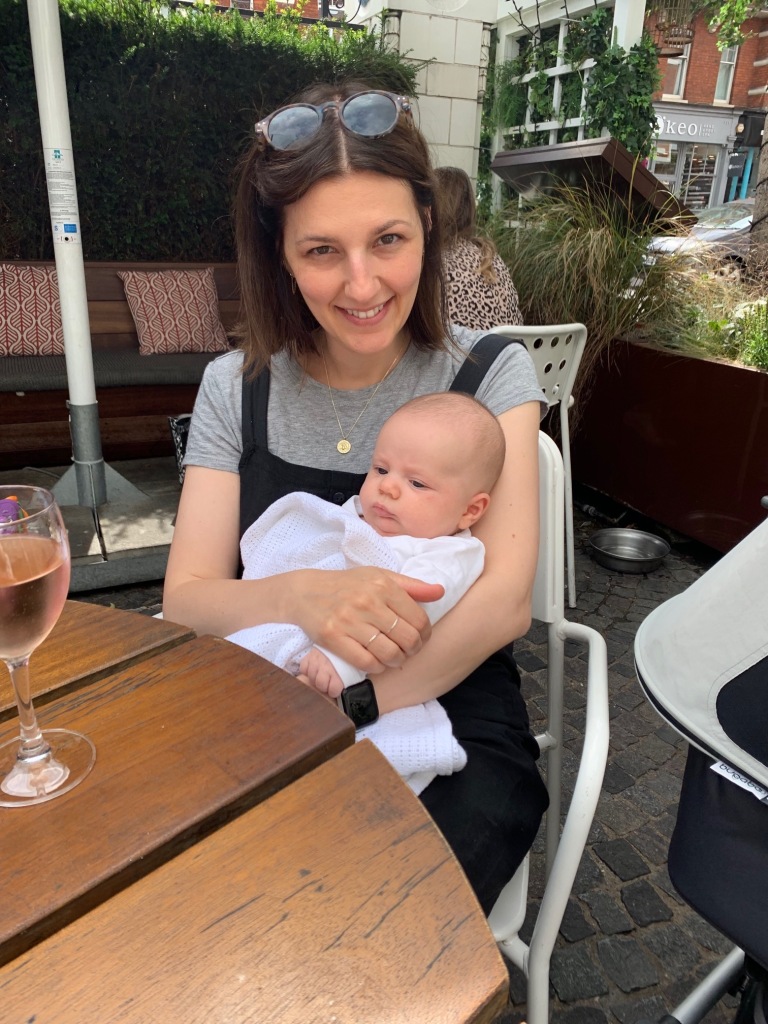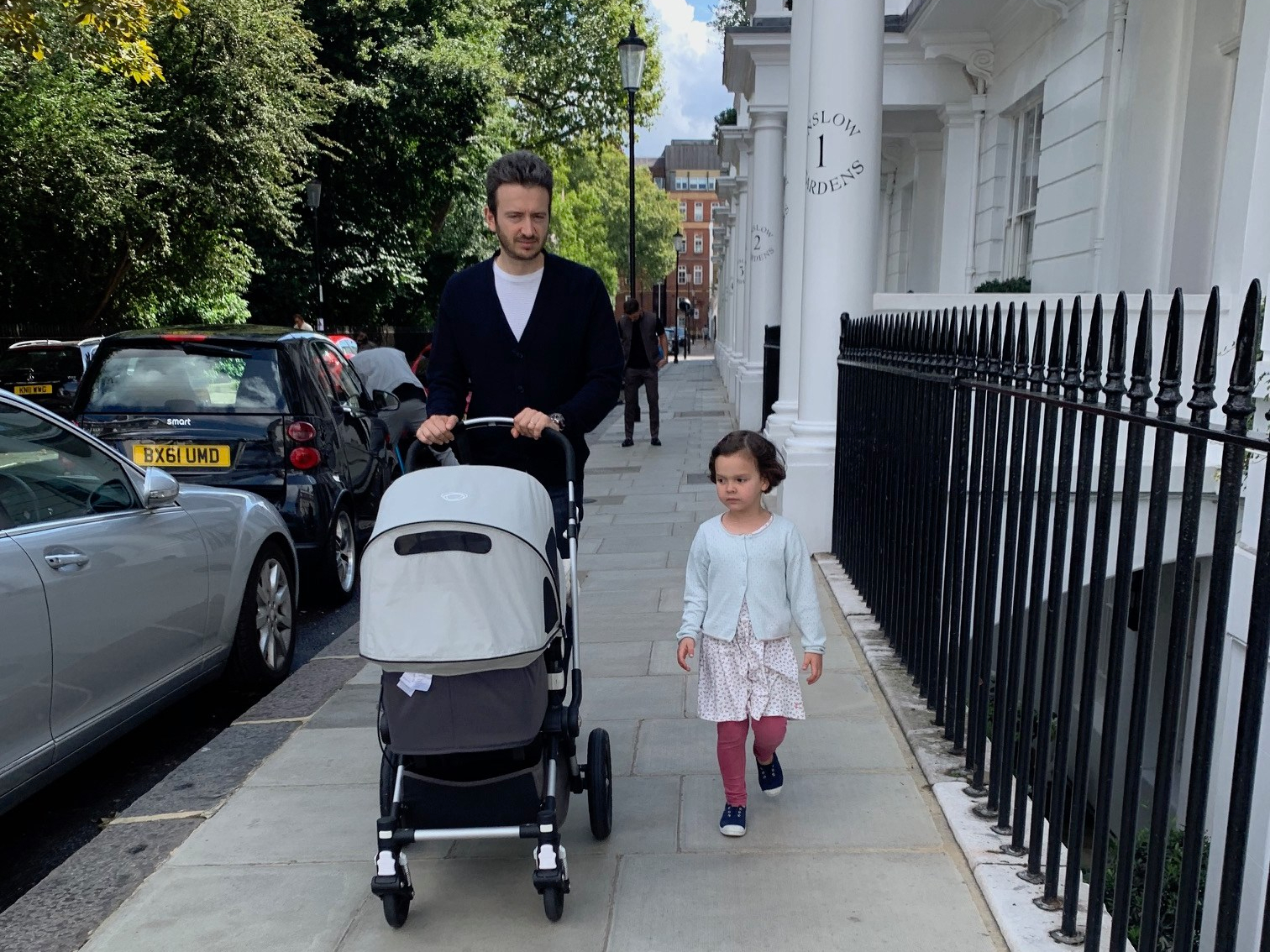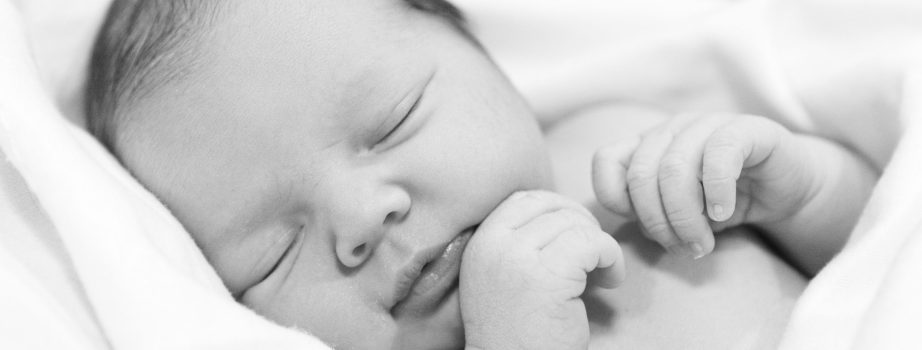This past March, we relocated our family to London from New York City.
Yan and I had always dreamed of living in Europe. When this dream became a reality, we jumped at the opportunity. To raise a family in such an international city, and in such close proximity to so many other countries (namely for me, France ;), was beyond exciting.
Of course, the decision came with drawbacks. I was seven months pregnant when we moved. The idea of leaving my beloved obstetrician and entering a whole new healthcare system was daunting to say the least during this vulnerable time. Further, we made the very difficult decision to (somewhat) separate Sonya from the amazing services she was receiving in NYC for hearing and speech. Above all, we were leaving family and friends behind in the U.S. So very hard to do and we miss them so much.

Five months (!) later, I do feel like we have successfully navigated some turbulent seas. We are currently living in the South Kensington area of London. Sonya finished her school year at a lovely nursery school in Chelsea and in just a couple weeks will be entering reception (which I believe equates to prekindergarten in the US) at an all girls school in our neighborhood.
In June, I gave birth to a baby boy Wolfgang Alexander (“Wolfie”). Just nine weeks in, and we honestly can’t imagine our life without him. He is just the sweetest, most loving baby, who absolutely adores his sister and she him.



Despite the fact that mothering a newborn is similar wherever you live, living in London is pretty different. New job (for Yan), new schools, new friends. Sonya is already acquiring an English accent, which is both adorable and surreal. For those out there who are considering such a move (and who have kids with hearing loss), here are some of the biggest differences between living in NYC versus London.
For the most part, the services for hearing loss in the U.K. are much less than in the U.S. (especially compared to NYC). And to be honest, for me, this was the scariest aspect of our move.
In New York, Sonya received the following services:
- Three hours of individual speech therapy per week;
- One hour of group therapy per week;
- One hour of reading help from the Center for Hearing and Communication;
- A hearing education specialist (or teacher of the deaf) who came to Sonya’s school three days per week for an hour each day; and
- A Roger Touchscreen device, that enabled Sonya to better hear her teachers at school in a noisy classroom environment.
The following were either covered by insurance covered or we paid for privately:
- The cochlear implant surgery (insurance)
- The processors (and replacing broken pieces — most parts of Sonya’s processors were on a two-to-five year warranty, but once the warranty ran out, we had to hope insurance would cover. Our insurance did not cover the cost of replacing rechargeable batteries, for example, and at $250 a pop, it got expensive, quick.

In London — once registered with the National Health Service (NHS) — Sonya received:
- A referral to meet with hearing loss professionals at the Auditory Implant programme at the Royal National Throat Nose and Ear Hospital. Here, experts in audiology, speech pathology and otolaryngology evaluated Sonya’s speech, her hearing and comprehension and her implants. It took five months to secure this appointment (The NHS is not an easy system to maneuver), but Sonya eventually was officially made a patient in this practice.
- Through the NHS, Sonya’s CIs and accessories are covered (!). Broken or lost processors are now replaced and at no cost to us. Same with broken batteries and other accessories. Once the CIs are five years old, you are eligible to upgrade.
- Mappings: Sonya will receive mappings annually at the CI center (and more frequently if needed).
- Teacher training: We are working with a team from the Auditory Implant programme at the Royal National Throat Nose and Ear Hospital to come to Sonya’s new school and educate the teachers and headmaster on Sonya’s hearing loss and how to use her Roger Touchscreen device, as well as to evaluate the school from an acoustics perspective.
However:
- Ongoing speech therapy is not included. Given Sonya is doing so well, she is not eligible for speech services through the local authority (i.e. the governing body for the area where we live in London) or NHS. Thankfully for us, the Center for Hearing and Communication, where Sonya used to receive her services, offers a Teletherapy program. I plan to talk about this in a future post, but overall, we love the fact that due to technology, we can continue to access the brilliant professionals based in NYC over our computer. Not only does it relieve any concern that Sonya’s speech could start to deteriorate due to our decision to leave NYC, but it has been a wonderful way to stay in touch with people who have been so important to her life so far.
- ToD (Teacher of the Deaf) services are limited. For those unfamiliar, a ToD is a teacher who comes to the classroom to ensure that it is a good hearing environment for Sonya. In NYC, we were incredibly fortunate to have a well-trained ToD come to Sonya’s school three times a week to ensure she was hearing well in the classroom and playground. We will be lucky if we get someone once every six weeks here. There is an option to pay privately, but so far, the costs are crazy high (around £200 an hour) to do so. Further, to have a ToD in a London classroom is unusual. It’s sad to say, but there is definitely a stigma for a child who has one. (On the contrary in New York, where there were always numerous professionals in the classroom attending to different kids who had various needs).
There is so much to say about our time here so far. In truth, it hasn’t been the easiest transition. I was expecting a challenge, but this was a bit more than I bargained for 🙂 That said, there are many aspects to life in London that are so much easier than our life in NYC. Our neighborhood is saturated with green, with lovely private gardens on every block. We can actually see the sky (Sonya has developed a fear of thunderstorms because she can actually see clouds here); and overall, life is more relaxed and laid back. Londoners are always shocked when I describe their city as calm, but it’s all relative. The best part is that Sonya has adapted incredibly well here. She easily makes friends and continues to charm everyone who meets her.
Given the limited services for hearing loss, I plan to be even more involved in Sonya’s education than before as I feel solely responsible to ensure that she has an equal opportunity to be successful. It’s daunting for sure, but I keep telling myself that if I can survive living in New York City for 13 years, I can do anything 🙂
Here is a video from last weekend of Sonya enjoying summer in London town ❤
xx
Missy

















